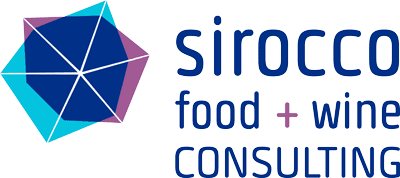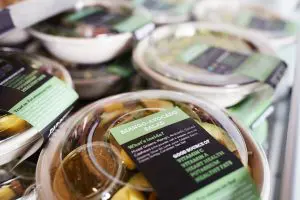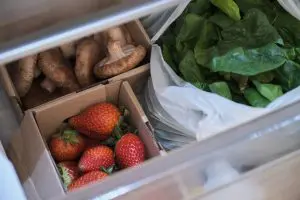Last month, I posted an article on the updated British Columbia Food Premises Regulations. Food companies that sell products within the province will be required to submit a food safety and sanitation plan to their Environmental Health Officer (EHO) by March 26, 2016. On the other hand, companies shipping products outside the province or Canada will soon need to follow new federal food safety laws. They are encouraged to register with the Canadian Food Inspection Agency (CFIA) as per the Safe Food for Canadians Act. These federal food safety regulations have yet to come into effect, but the proposed regulatory texts mandate that food manufacturers develop and implement full HACCP plans and pre-requisite programs that include a traceability program.
HACCP Plan
Last week, I attended one of the food safety training sessions hosted by the BC Ministry of Health. The full-day workshop focused on reviewing the BC Food Premises regulatory requirements and was designed to help participants develop the necessary paper work. The presenter introduced the new provincial regulations clearly and placed them in the context of global food safety. The participants were given an overview of pre-requisite programs (PRPs) which provide the foundation of a HACCP plan. The following 11 PRPs were briefly mentioned: Premises, Transportation and Storage, Purchasing and Supplier, Allergen Control, Equipment and Maintenance, Personal Hygiene and Training, Cleaning and Sanitation, Pest Control, Recall, Operational Controls and Food Defense.
Most of the presentation targeted micro and small businesses and concentrated on creating a HACCP plan following the HACCP preliminary steps and principles. Participants were asked to describe the food products they manufacture and list the intended uses of the products. They could refer to materials they had brought with them such as food process flow diagrams and lists of ingredients. They were also given a hard copy of a HACCP generic model for similar food products. These generic HACCP plans are currently available on the Government of BC webpage.
The participants were then shown how to conduct a “hazard analysis”, a step that consists in identifying all biological, chemical and physical hazards associated with a given food process. This task was facilitated by the use of an electronic tool, the CFIA’s Reference Database for Hazard Identification (RDHI). Once the three types of food safety hazards were identified, the presenter introduced the “CPP decision tree” for the identification of Critical Control Points (CCP), points in the process where critical food safety hazards require monitoring. The participants then proceeded to review an example of a HACCP plan for the manufacture of baked cookies. The review of the following forms, product description, incoming material and CCP forms, reiterated the importance to document food safety information. It also served to highlight the importance of controlling allergens, amongst other hazards. When reviewing the CCP summary form, the group discussed how to develop monitoring and corrective action procedures and how to document CCP monitoring information. The end of the day focused on developing the sanitation plan which required only two documents: a cleaning and sanitizing agent table and a pesticide identification log.
The presentation was clear with step-by-step instructions in the hand-outs we were given. The talk didn’t address CCP validation or verification, steps that may be discussed with the EHO for the development of a full HACCP plan.
Key take-aways from the presentation:
- Food safety plans must be developed following the HACCP method.
- HACCP plans must cover all products including limited-time and seasonal products.
- Implementation of HACCP principles 6 and 7 (CCP verification procedures and record keeping procedures) is not required but strongly recommended.
- While record-keeping is not a requirement, the presenter stressed that HACCP monitoring records were important and that EHO may request to see them to confirm safe manufacturing practices.
- Similarly, while pre-requisite programs didn’t need documenting, the presenter suggested that a brief overview of PRPs be written down to facilitate employee training and to encourage consistent practices.
- Allergens (chemical hazards) must be identified and controlled. It is therefore critical to carefully review up-to-date formulation sheets, ingredients and finished product labels.
- Basic identification of containers/racks (where appropriate) and finished products is needed for traceability. Prompt product/ingredient identification plays a vital role in the event of a recall.
- Water/steam/ice used in the process must be of culinary quality (where appropriate, water treatment chemicals must be identified and water treatment method must be suitable to ensure food safety).
- Thermometers must be calibrated using a valid method (example: ice bath calibration method).





